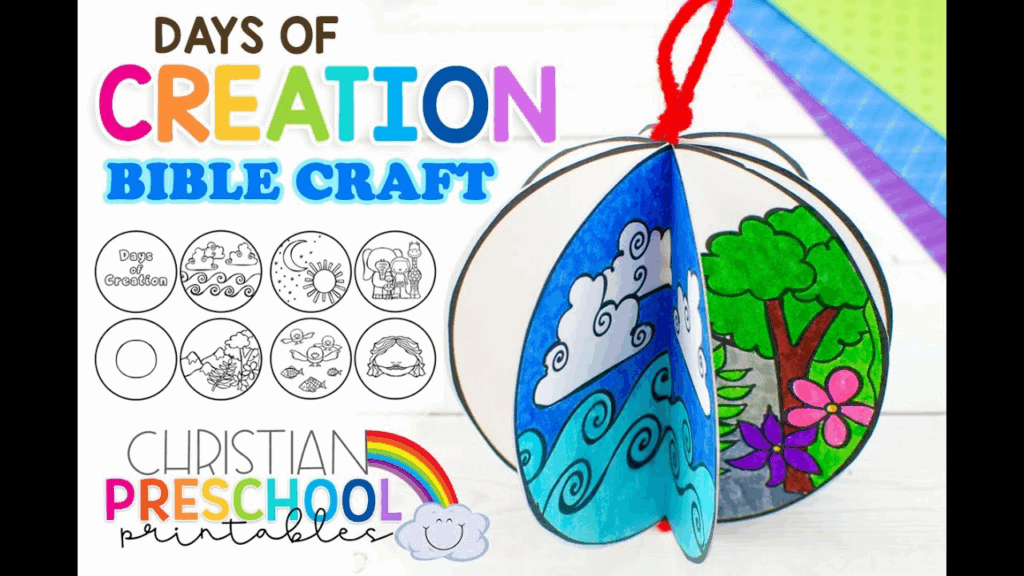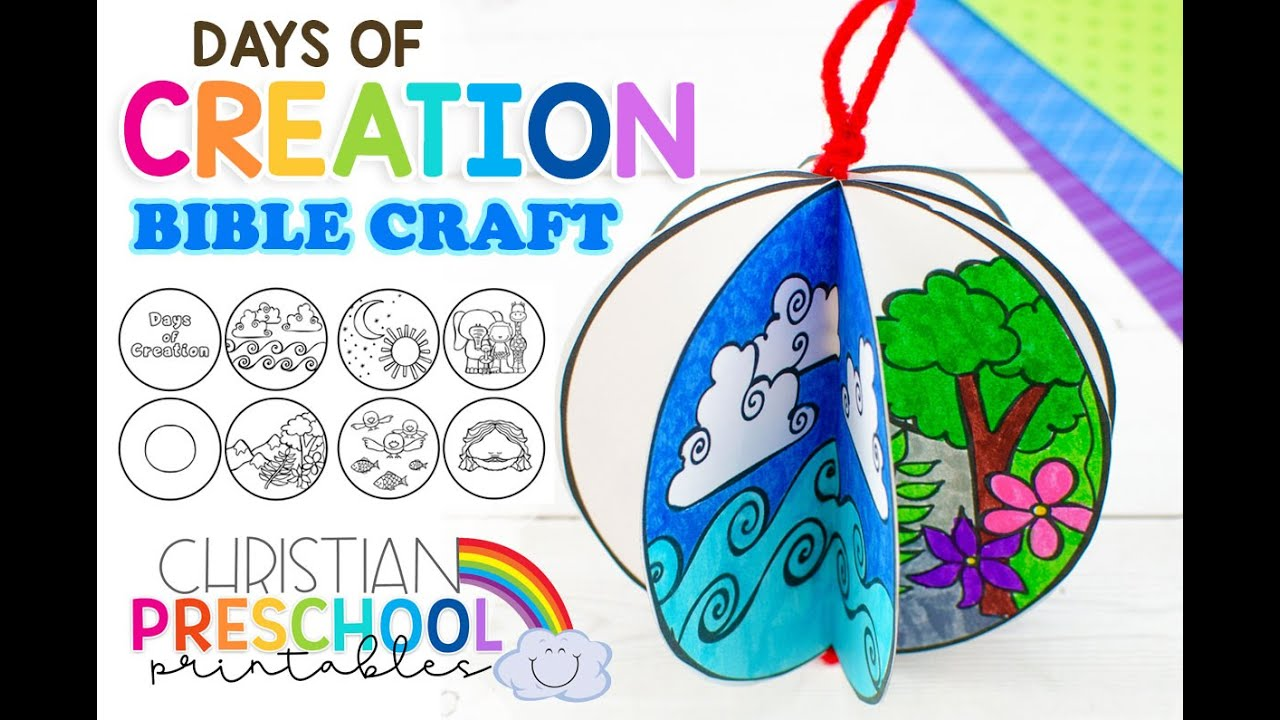
Teaching Bible stories to children can be both fun and impactful when paired with creativity. Instead of relying only on traditional reading, many churches and parents are turning to play-based learning and crafts as tools to make scripture engaging. These methods not only capture children’s imagination but also help them remember biblical lessons for a lifetime. By transforming stories into interactive activities, kids are encouraged to explore faith in a way that feels natural, joyful, and memorable.
Why Play and Crafts Matter in Faith Learning
Children learn best when they are actively involved. Hands-on activities stimulate curiosity, creativity, and emotional connection, making the lessons more meaningful. Bible stories are filled with characters, lessons, and imagery that can easily be translated into games, role-play, and artistic projects. When children act out a parable, build a craft, or engage in group play, they are not just learning—they are living the story.
Storytelling Through Role-Play
One of the most effective ways children learn is by stepping into the shoes of Bible characters. Role-playing allows kids to act out stories such as David and Goliath, Noah’s Ark, or the Good Samaritan. Through simple costumes, props, or puppets, children become active participants rather than passive listeners.
This method teaches them empathy, courage, and decision-making. For instance, when acting out the Good Samaritan, children learn the value of kindness and compassion in a way that reading alone cannot achieve.
Bible Crafts That Bring Stories to Life
Craft activities provide children with a tangible way to connect with scripture. Simple projects like building an ark out of cardboard, creating colorful crosses, or designing story-themed bookmarks turn lessons into lasting reminders.
For younger children, coloring sheets with biblical illustrations or making clay figures can help them visualize stories. Older kids may enjoy building dioramas of the Nativity or designing prayer journals. Crafts not only boost creativity but also provide a take-home piece that reinforces the lesson throughout the week.
Learning Through Games and Play
Games are another exciting way to integrate Bible teachings. Memory card games with Bible verses, trivia quizzes, or scavenger hunts with scripture clues can transform learning into an adventure.
For example, a treasure hunt that leads children through clues about the story of Moses encourages teamwork while reinforcing biblical knowledge. Similarly, board games themed around parables can make scripture fun while promoting family bonding.
Music and Movement Activities
Songs and action-based activities are especially effective for younger children. Singing simple choruses or songs based on Bible stories helps them memorize scripture effortlessly. Adding hand motions or dance makes the learning more engaging.
For example, a song about Jonah and the whale with playful movements can capture children’s attention and ensure they never forget the story. Music connects emotion with memory, which strengthens faith lessons in a joyful way.
Combining Crafts with Storytelling
At times, storytelling and crafts can be blended for a complete learning experience. Teachers or parents can narrate a story while children create something related. For example, while telling the story of Creation, kids can make a craft showing the seven days with drawings or colored paper.
This combination allows children to visualize and internalize biblical truths while actively participating in the lesson. It also helps children express their personal interpretations of faith through art.
Building Community Through Shared Activities
Play and crafts also promote fellowship among children. Group projects such as building a large paper mural of the Exodus or making a community prayer quilt teach cooperation and unity. Working together on faith-centered activities strengthens bonds and fosters a sense of belonging.
By engaging in these activities as a group, children not only learn scripture but also develop teamwork, respect, and empathy—qualities that align with Christian values.
Overview Table
| Method | Example Activities | Benefits for Children |
|---|---|---|
| Role-Play | Acting out parables, puppet shows | Builds empathy, confidence, and memory |
| Crafts | Ark models, crosses, story dioramas | Provides hands-on connection, creativity |
| Games | Bible trivia, scavenger hunts, card games | Makes learning fun, encourages teamwork |
| Music & Movement | Songs with hand motions, dances | Strengthens memory, joy in learning |
| Story + Craft Combination | Creation week art, Nativity crafts | Reinforces lessons through creativity |
| Group Projects | Prayer quilts, large murals | Builds community and shared faith |
Key Takeaways
- Play and crafts transform Bible learning into an engaging and interactive journey.
- Children develop empathy, creativity, and teamwork while internalizing scripture.
- Tangible crafts and fun activities ensure lessons are remembered long after class.
FAQs
1. Why use crafts and play to teach Bible stories?
They make learning interactive, memorable, and fun, helping children connect personally with scripture.
2. What types of Bible crafts are best for kids?
Simple, age-appropriate projects like coloring, building models, and creating story-themed art work best.
3. Can games and role-play help children remember lessons better?
Yes, active participation allows children to retain stories and values more effectively than passive listening.

